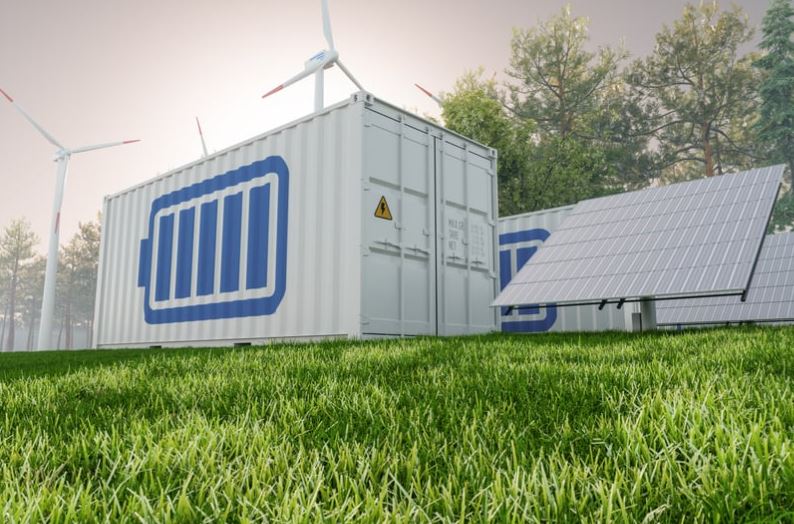The global energy storage market is projected to grow exponentially, with lithium-ion technology at its helm—a dominance that poses challenges for alternatives like sodium-ion batteries.
Yet, recent advancements by researchers at Argonne National Laboratory may offer a path forward in addressing key performance limitations of sodium-ion cells. These developments, while significant, underscore the broader struggles of diversifying energy storage technologies.
Uneven Playing Field: Lithium-Ion vs. Sodium-Ion
Lithium-ion batteries currently dominate over 70% of the global battery market, with production concentrated among a handful of industry giants, including CATL and BYD in China and LG Energy in South Korea. The appeal of lithium-ion lies in its high energy density, scalability, and established manufacturing infrastructure. In contrast, despite its potential cost advantages and the relative abundance of sodium, sodium—ion technology faces hurdles in achieving similar performance benchmarks.
The primary technical challenge revolves around sodium’s larger ionic radius than lithium’s. This size difference exacerbates structural instability in cathode materials, accelerating performance degradation over repeated charge and discharge cycles. Such issues have made scaling sodium-ion batteries beyond the experimental phase a formidable task, as highlighted by the recent bankruptcy filing of Swedish battery maker Northvolt.
Unveiling a Microscopic Constraint
A recent study by Argonne National Laboratory tackled one of the most fundamental issues plaguing sodium-ion batteries: the structural cracking of cathode materials. Researchers pinpointed how these cracks originate and explored manufacturing techniques to mitigate the problem. Sodium-layered oxide cathodes—comprising transition metals like nickel, cobalt, and manganese—were analyzed using high-powered X-ray imaging and computational modeling.
Contrary to earlier assumptions, the team discovered that cracks often begin deep within the cathode material rather than at its surface. This phenomenon was linked to manufacturing-induced microstrains, particularly in configurations where metals were layered in gradients. These findings suggest that traditional methods of cathode construction—designed to maximize energy density—may inadvertently create vulnerabilities during high-temperature processing.
The Manufacturing Variable: A Slow Burn for Stability
One of the study’s most striking insights involved the role of heating rates during manufacturing. By comparing cathode samples heated at different rates, researchers found that slower heating—at just 1°C per minute—dramatically reduced particle cracking. This discovery challenges long-standing practices in battery manufacturing, where faster heating is often preferred to optimize throughput. The implication is clear: adjusting production parameters could significantly enhance the longevity and performance of sodium-ion cells without requiring costly material overhauls.
Implications for Scalability and Sustainability
The reliance on transition metals like cobalt and nickel remains a sticking point for sodium-ion technology. While these metals provide critical structural and thermal benefits, they also introduce environmental and supply-chain challenges. However, the insights from Argonne’s research suggest that careful redistribution of these metals within the cathode—or alternative manufacturing approaches—could alleviate some of these issues.
Moreover, the study’s findings may extend beyond sodium-ion batteries. The identified mechanisms of microstrain propagation and thermal processing could inform the design of other emerging battery chemistries, including potassium-ion cells, which are already in development. These cross-applications highlight the broader significance of the research in advancing energy storage technologies more holistically.
The Road Ahead for Sodium-Ion Technology
Despite the promise of recent breakthroughs, sodium-ion batteries remain a nascent technology compared to their lithium-ion counterparts. The commercialization challenges are compounded by the entrenched dominance of lithium-ion manufacturers, whose economies of scale make it difficult for competitors to achieve cost parity.
Yet, the urgency to diversify energy storage options—driven by geopolitical concerns, resource constraints, and environmental considerations—provides a compelling case for continued investment in sodium-ion research. The relatively simple and low-cost adjustments proposed by Argonne’s team could serve as a foundation for further innovations, paving the way for more sustainable and resilient energy storage solutions.
Closing the Knowledge Gap
The Argonne team’s work has addressed a long-standing knowledge gap in the field, offering actionable insights for improving the durability and efficiency of sodium-ion batteries. By shifting the focus from incremental material enhancements to fundamental process optimization, this research exemplifies how even small, strategic changes can yield meaningful advancements.
As the energy storage industry evolves, the lessons from sodium-ion research may play a pivotal role in shaping the future landscape. Whether through direct applications or by informing the development of other battery chemistries, the insights gained mark a significant step forward in the quest for sustainable and scalable energy solutions.





